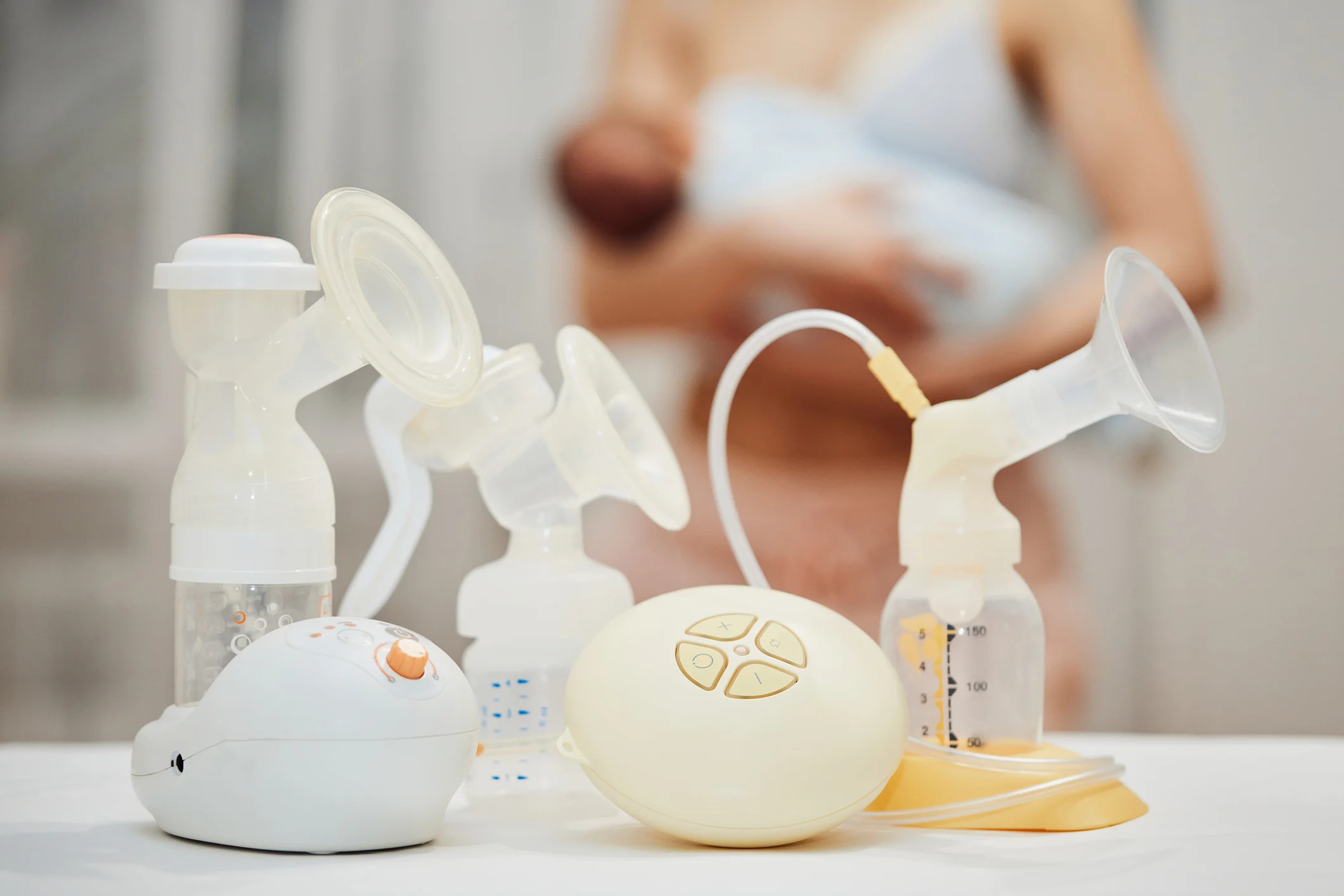

Articles
How To Store Breast Pump Parts Between Uses
Modified: October 20, 2024
Learn how to properly store your breast pump parts between uses to ensure hygiene and longevity. Read our informative articles for helpful tips and guidelines.
(Many of the links in this article redirect to a specific reviewed product. Your purchase of these products through affiliate links helps to generate commission for Storables.com, at no extra cost. Learn more)
Introduction
When it comes to breastfeeding, many mothers rely on the convenience and efficiency of a breast pump. Whether you’re a working mom who needs to express milk for your baby while you’re away or a mom who wants to build up a milk stash, a breast pump is an invaluable tool in your breastfeeding journey. However, proper storage of your breast pump parts is crucial to maintaining their cleanliness and effectiveness.
Not only does proper storage keep your breast pump parts in good condition, but it also ensures the safety and hygiene of your expressed breast milk. Breast milk is a precious resource, providing essential nutrients and antibodies to your baby. By following the right storage practices, you can maintain the integrity of your breast milk and give your baby the best nutrition possible.
In this article, we will explore the importance of proper storage for breast pump parts and provide a step-by-step guide on how to clean, sterilize, dry, and store your breast pump parts between uses. We will also share some helpful tips for traveling with your breast pump parts. So let’s dive in and learn how to properly care for your breast pump equipment to ensure a seamless breastfeeding experience.
Key Takeaways:
- Proper storage of breast pump parts is crucial for maintaining cleanliness, preserving breast milk quality, and preventing cross-contamination. Following the right storage practices ensures safe and healthy milk for your baby.
- When traveling with breast pump parts, be prepared, stay organized, and prioritize cleanliness. Familiarize yourself with airline policies, invest in travel-friendly equipment, and pack essentials for cleaning and storing your pumping equipment.
Read more: How To Store And Use Breast Milk
Importance of Proper Storage
Proper storage of breast pump parts is essential for maintaining the hygiene and effectiveness of the equipment. Here are a few reasons why it is important:
- Maintains cleanliness: Breast pump parts come into contact with your breast milk, which is a perfect breeding ground for bacteria. By storing your breast pump parts properly, you can reduce the risk of contamination and ensure that your baby receives safe and healthy milk.
- Prolongs equipment lifespan: Breast pump parts are an investment, and proper storage can help extend their lifespan. By keeping them in a clean and dry environment, you minimize the risk of damage, such as mold, mildew, or discoloration, which can shorten the lifespan of your equipment.
- Preserves breast milk quality: Breast milk contains essential nutrients and antibodies that are vital for your baby’s health. Proper storage helps to maintain the quality of your breast milk, ensuring that it retains its nutritional value and remains safe for your baby to consume.
- Prevents cross-contamination: Storing breast pump parts properly reduces the risk of cross-contamination between different milk batches. This is especially important if you are storing milk from different pumping sessions or if you have a milk stash. By using separate storage containers for each batch and properly sealing them, you can avoid mixing older milk with fresher milk, reducing the risk of spoilage.
- Saves time and effort: When breast pump parts are stored properly, they are ready to use whenever you need them. This saves you time and effort by eliminating the need for extensive cleaning and sterilization before each use. You can simply take out your clean and properly stored parts, assemble them, and start pumping right away.
By understanding the importance of proper storage, you can ensure the safety, effectiveness, and longevity of your breast pump parts. In the next sections, we will delve into the step-by-step process of cleaning, sterilizing, drying, and storing your breast pump parts between uses.
Cleaning and Sterilizing Breast Pump Parts
Proper cleaning and sterilization of your breast pump parts is crucial to remove any potential bacteria or contaminants. Here’s a step-by-step guide on how to clean and sterilize your breast pump parts:
- Disassemble the parts: Start by disassembling all the detachable parts of your breast pump, such as the breast shields, valves, membranes, and tubing. Refer to the manufacturer’s instructions if you’re unsure about how to disassemble your specific pump.
- Rinse with warm water: Rinse all the breast pump parts with warm water as soon as possible after each use. This will help remove any milk residue and prevent the formation of dried-on milk.
- Wash with soap: Use a mild dishwashing soap or a specifically designed breast pump cleaning solution to wash the breast pump parts. Gently scrub each part with a dedicated brush or your hands to ensure all surfaces are thoroughly cleaned. Pay special attention to any crevices or hard-to-reach areas.
- Rinse again: After washing, rinse all the parts with warm water to remove any soap residue.
- Sterilize: Sterilizing breast pump parts is an important step to kill any remaining bacteria or germs. There are several methods you can use to sterilize your breast pump parts:
- Boiling: Place the disassembled pump parts in a clean pot, cover them with water, and bring to a boil. Let them boil for about 5 minutes, then remove from heat and allow them to cool before handling.
- Steam sterilizing: Use a specialized steam sterilizer or an electric steam sterilizer to sterilize the breast pump parts. Follow the manufacturer’s instructions for the appropriate settings and duration.
- Chemical sterilizing solution: You can also use a sterilizing solution that is specifically designed for breast pump parts. Dilute the solution in water according to the instructions and soak the parts for the recommended time.
- Dry thoroughly: After cleaning and sterilizing, it’s crucial to let your breast pump parts air dry completely. Place them on a clean towel or drying rack, ensuring that all parts are exposed to air and are not pooled with water. Avoid using towels or tissues to dry them, as this can leave behind lint.
- Store in a clean container: Once your breast pump parts are completely dry, store them in a clean and designated container. You can use a clean plastic bag, a sterilization bag, or a dedicated container specifically designed for breast pump parts. Make sure the container is airtight to keep dust and other contaminants out.
Remember to always follow the manufacturer’s instructions and recommendations when it comes to cleaning and sterilizing your specific breast pump parts. Proper cleaning and sterilization can help ensure the safety and cleanliness of your breast pump equipment for future use.
Drying Breast Pump Parts
Properly drying your breast pump parts is an essential step in maintaining their cleanliness and preventing the growth of bacteria or mold. Here are some tips on how to effectively dry your breast pump parts:
- Disassemble and rinse: Start by disassembling all the detachable parts of your breast pump, such as the breast shields, valves, membranes, and tubing. Rinse each part with warm water to remove any milk residue or soap.
- Shake off excess water: Shake each part gently to remove any excess water. This will speed up the drying process and prevent water from pooling in the various components.
- Air drying: The best way to dry your breast pump parts is by air drying. Place the disassembled parts on a clean, dry towel or drying rack. Make sure the parts are spread out and not touching each other to allow for proper airflow.
- Allow sufficient time: Give your breast pump parts enough time to air dry completely. The drying time can vary depending on the ambient temperature and humidity. As a general guideline, leave them to air dry for a minimum of 2 to 4 hours, but overnight drying is recommended for thorough drying.
- Check for moisture: Before storing your breast pump parts, double-check that they are completely dry. Inspect all the parts for any signs of moisture. If you notice any dampness, leave them to dry for a longer period or use a clean, lint-free cloth to pat them dry.
- Avoid using towels or tissues: While it may be tempting to speed up the drying process by using a towel or tissue, it’s best to avoid this. Towels or tissues can leave behind lint or fibers, which can contaminate your breast pump parts. Stick to air drying for the best results.
- Store in a clean, dry container: Once your breast pump parts are thoroughly dry, it’s important to store them in a clean and dry container. You can use a sterilization bag, a clean plastic bag, or a designated container specifically designed for breast pump parts. Make sure the container is airtight to prevent dust or moisture from entering.
By following these steps, you can ensure that your breast pump parts are properly dried, reducing the risk of bacterial growth and maintaining their cleanliness for future use. Next, let’s explore the best practices for organizing and storing your breast pump parts.
After each use, rinse breast pump parts with cold water, then wash with hot, soapy water. Air dry on a clean towel and store in a clean, covered container in the refrigerator between uses.
Organizing and Storing Breast Pump Parts
Proper organization and storage of your breast pump parts are key to maintaining their cleanliness and ensuring easy access. Here are some tips on how to organize and store your breast pump parts:
- Keep it separate: Designate a specific area or container for your breast pump parts. It’s important to keep them separate from other items to prevent cross-contamination. Avoid storing them with kitchen items or other personal belongings.
- Use an airtight container: Store your breast pump parts in an airtight container to keep them clean and protected from dust, dirt, and pests. You can use a clean plastic bag, a sterilization bag, or a dedicated container specifically designed for breast pump parts.
- Label and date: If you have multiple batches of expressed breast milk or if you pump at different times, label and date each storage container. This will help you keep track of the freshness of the milk and prioritize its use.
- Follow the first-in, first-out rule: When organizing your breast milk storage containers, follow the principle of first-in, first-out (FIFO). This means using the oldest stored milk first before using the newer batches. This helps prevent milk from expiring and reduces waste.
- Store in a cool place: It’s crucial to store your breast pump parts in a cool location away from direct sunlight or heat sources. Excessive heat can degrade the quality of the parts and increase the risk of bacterial growth. Choose a spot that is away from the kitchen stove and not exposed to excessive temperature fluctuations.
- Frequently clean storage containers: Regularly clean the storage containers where you store your breast pump parts. Wash them with warm, soapy water, rinse thoroughly, and dry them before reuse. This ensures that the containers remain clean and free from any potential contamination.
- Avoid overstocking: While it’s important to have enough breast pump parts for your needs, avoid overstocking. Having an excessive number of parts may lead to inadequate cleaning and storage practices. Aim to have a sufficient amount of parts that you can easily manage and keep clean.
- Keep a checklist: Create a checklist to help you keep track of the number of breast pump parts you have, ensuring that you have all the necessary components regularly cleaned and accessible.
By following these organization and storage tips, you can keep your breast pump parts clean, easily accessible, and in good condition. Proper organization and storage practices contribute to a hassle-free breastfeeding experience. Next, we will discuss some helpful tips for traveling with your breast pump parts.
Read more: How To Store Haakaa Between Uses
Tips for Traveling with Breast Pump Parts
Traveling with your breast pump parts can seem daunting, but with some careful planning and organization, it can be a smooth experience. Here are some helpful tips to make traveling with breast pump parts a breeze:
- Research airline policies: If you’re planning to fly, check the airline’s policies regarding traveling with a breast pump. Most airlines allow you to bring a breast pump as carry-on luggage, but it’s always good to be familiar with their specific guidelines to avoid any surprises at the airport.
- Invest in a travel-friendly pump: If you travel frequently, consider investing in a portable and lightweight breast pump that is specifically designed for travel. These pumps are usually compact, discreet, and easy to pack and assemble. They will make your travel experience much more convenient.
- Carry a breast pump bag: Use a dedicated breast pump bag or a small cooler bag to carry your breast pump parts. These bags usually have compartments and pockets specifically designed to keep your pump parts organized and separate from other items in your bag.
- Consider disposable pump parts: If you prefer not to travel with your regular pump parts, you can opt for disposable pump parts. These are convenient for short trips and eliminate the need for cleaning and sterilizing on the go. Simply use and discard after each use.
- Pack cleaning essentials: Pack a small container of dish soap, a brush, and sterilization wipes or bags to clean and sanitize your breast pump parts while traveling. These essentials will allow you to maintain cleanliness even when you don’t have access to your regular cleaning routine.
- Utilize travel-sized storage containers: Invest in travel-sized storage containers or breast milk storage bags to store your expressed milk while on the go. These containers are designed to take up minimal space and are convenient for storing milk in smaller quantities.
- Keep cool packs handy: If you’re traveling with expressed milk, pack cool packs or ice packs to keep your milk cold and safe. Insulated cooler bags or breast milk storage bags with built-in cooling compartments are ideal for this purpose. Make sure to check the transportation guidelines for breast milk to comply with airport regulations.
- Plan ahead for cleaning and drying: Research the facilities available at your travel destination. Depending on where you’re staying, you may have access to a kitchenette or a microwave for cleaning and sterilizing your breast pump parts. If not, make arrangements to have access to clean water, soap, and a drying area.
- Practice good hygiene: While traveling, it’s even more crucial to practice good hygiene. Wash your hands thoroughly before handling your breast pump parts, and use hand sanitizer when water and soap are not readily available.
- Be mindful of storage: Store your breast pump parts in a clean and secure place while traveling. Avoid placing them directly on surfaces that may be contaminated or germ-prone. A small, zippered pouch can help keep everything together and protected.
By following these tips, traveling with your breast pump parts can be hassle-free. Plan ahead, stay organized, and prioritize cleanliness to ensure a smooth and stress-free experience. Remember, your baby’s health and well-being are always a priority, even when you’re on the go.
Conclusion
Proper storage of breast pump parts is vital for maintaining the cleanliness, effectiveness, and safety of the equipment. By following the guidelines outlined in this article, you can ensure that your breast pump parts are kept in optimal condition, and your expressed breast milk remains safe and nutritious for your baby.
Cleaning and sterilizing your breast pump parts after each use not only removes bacteria and contaminants but also helps prolong the lifespan of the equipment. Air drying the parts thoroughly before storing them in a clean and airtight container prevents the growth of mold and bacteria. Organizing and storing your breast pump parts separately and following proper labeling and dating practices will ensure the freshness and quality of your breast milk.
When traveling with breast pump parts, it’s important to be prepared and organized. Familiarize yourself with airline policies, invest in travel-friendly equipment, and pack essentials for cleaning and storing your pumping equipment. Stay mindful of hygiene practices and plan ahead for access to necessary resources while on the go.
Remember that the goal of proper storage of breast pump parts is to provide your baby with safe, clean, and effectively expressed breast milk. By prioritizing cleanliness, organization, and hygiene, you can have confidence in the quality of your breast milk and make your breastfeeding journey a smooth and successful one.
Don’t forget to consult the manufacturer’s instructions for your specific breast pump model and take into consideration any additional recommendations provided. With the right storage practices and a little bit of planning, you can ensure that your breast pump parts are always ready for use, and your baby receives the best possible nutrition.
Frequently Asked Questions about How To Store Breast Pump Parts Between Uses
Was this page helpful?
At Storables.com, we guarantee accurate and reliable information. Our content, validated by Expert Board Contributors, is crafted following stringent Editorial Policies. We're committed to providing you with well-researched, expert-backed insights for all your informational needs.
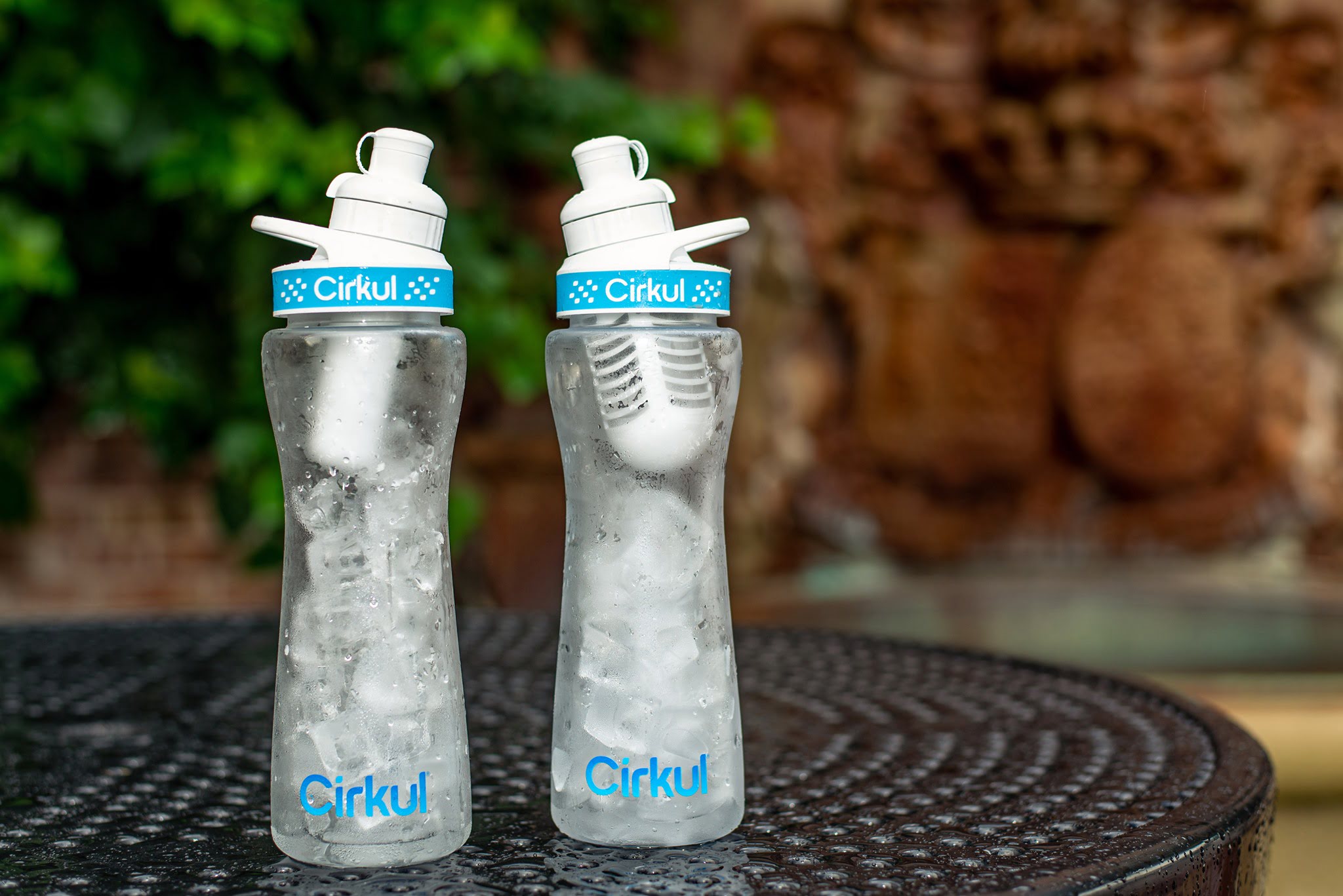
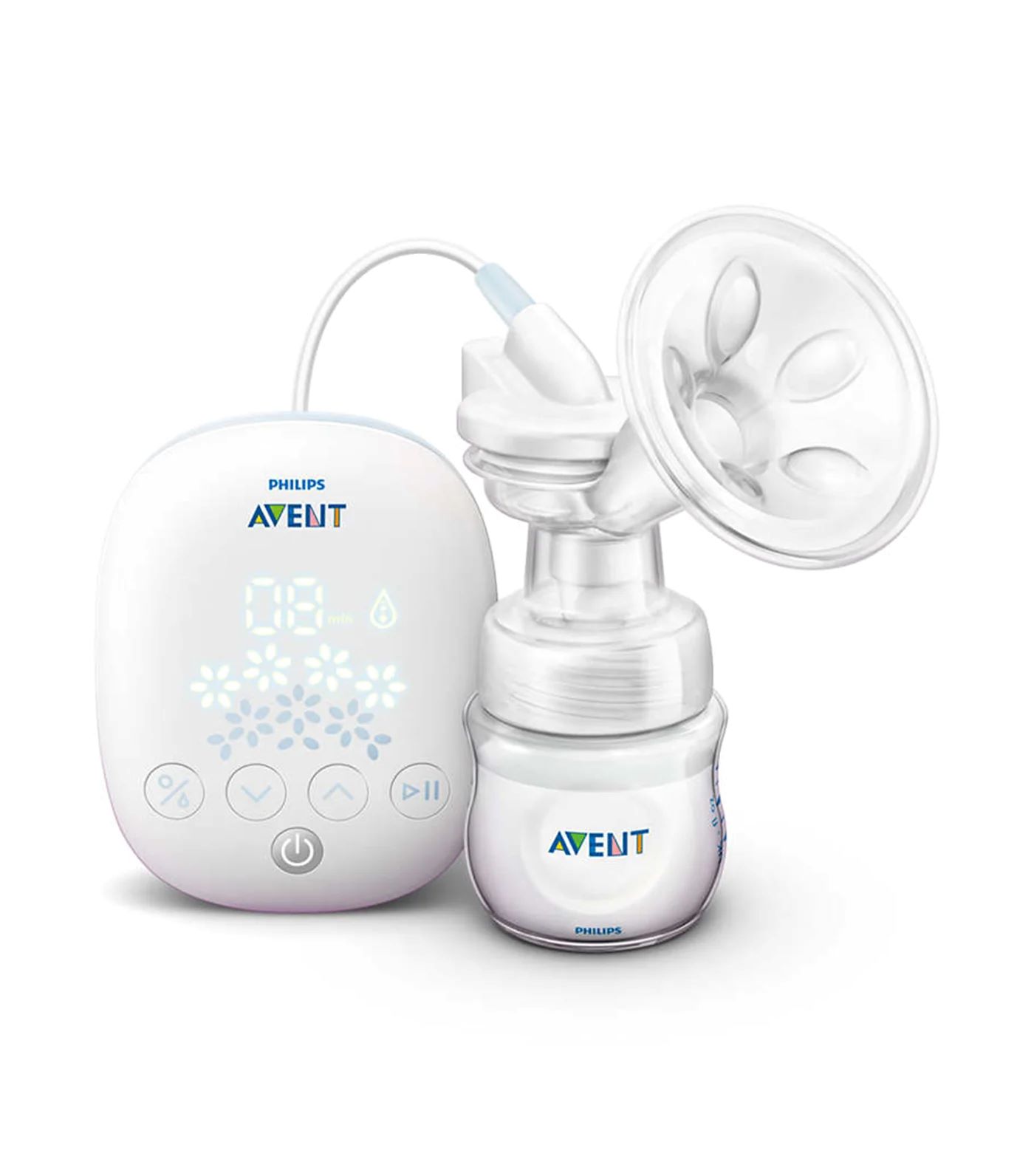
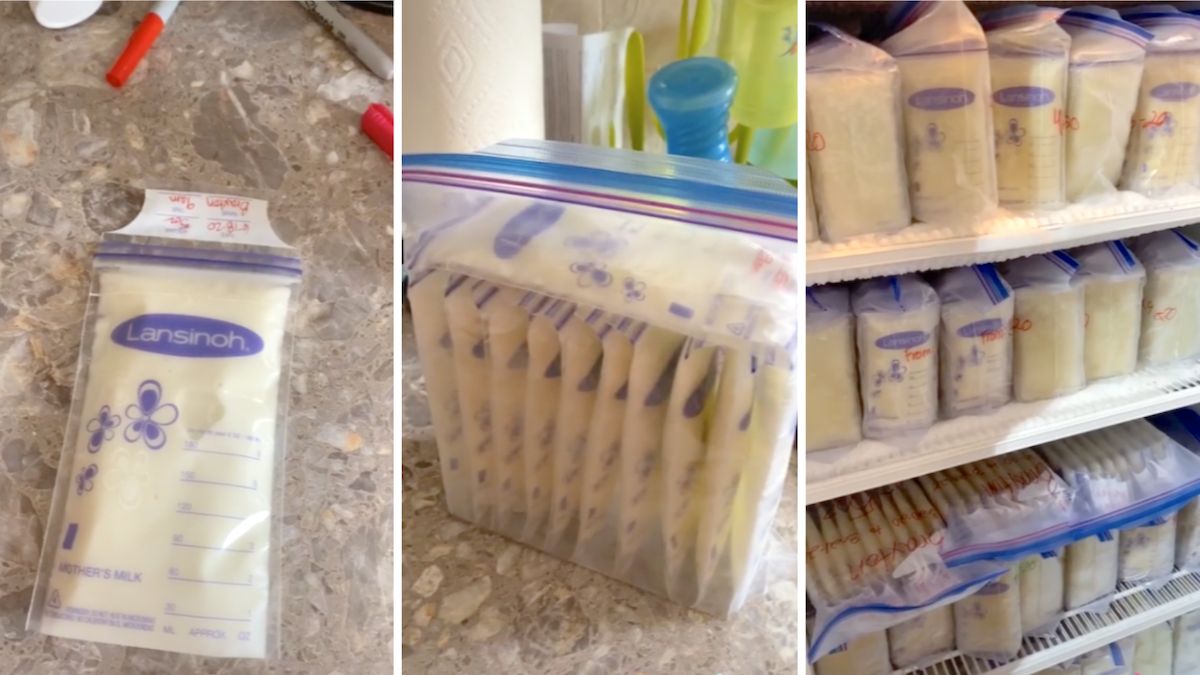
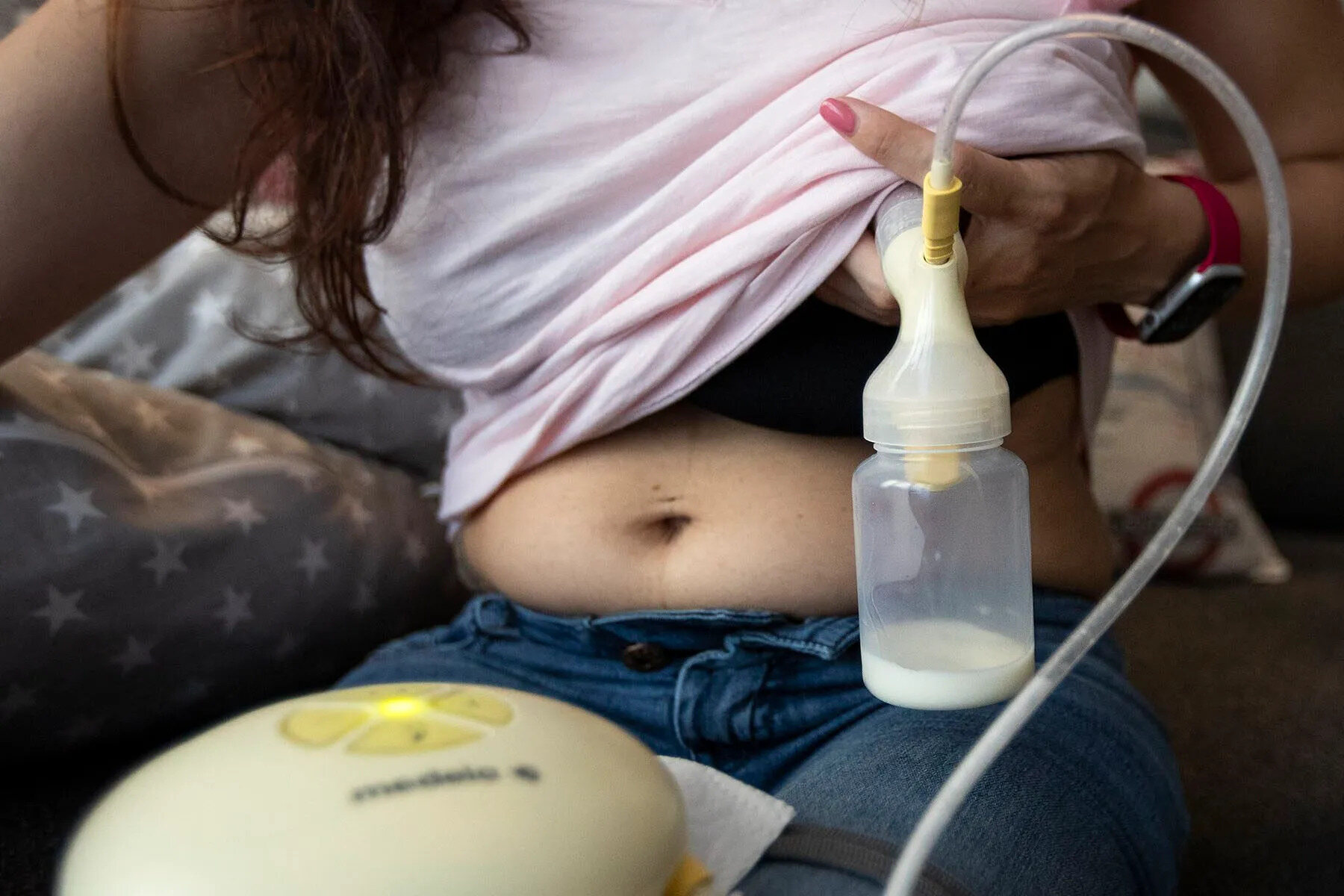
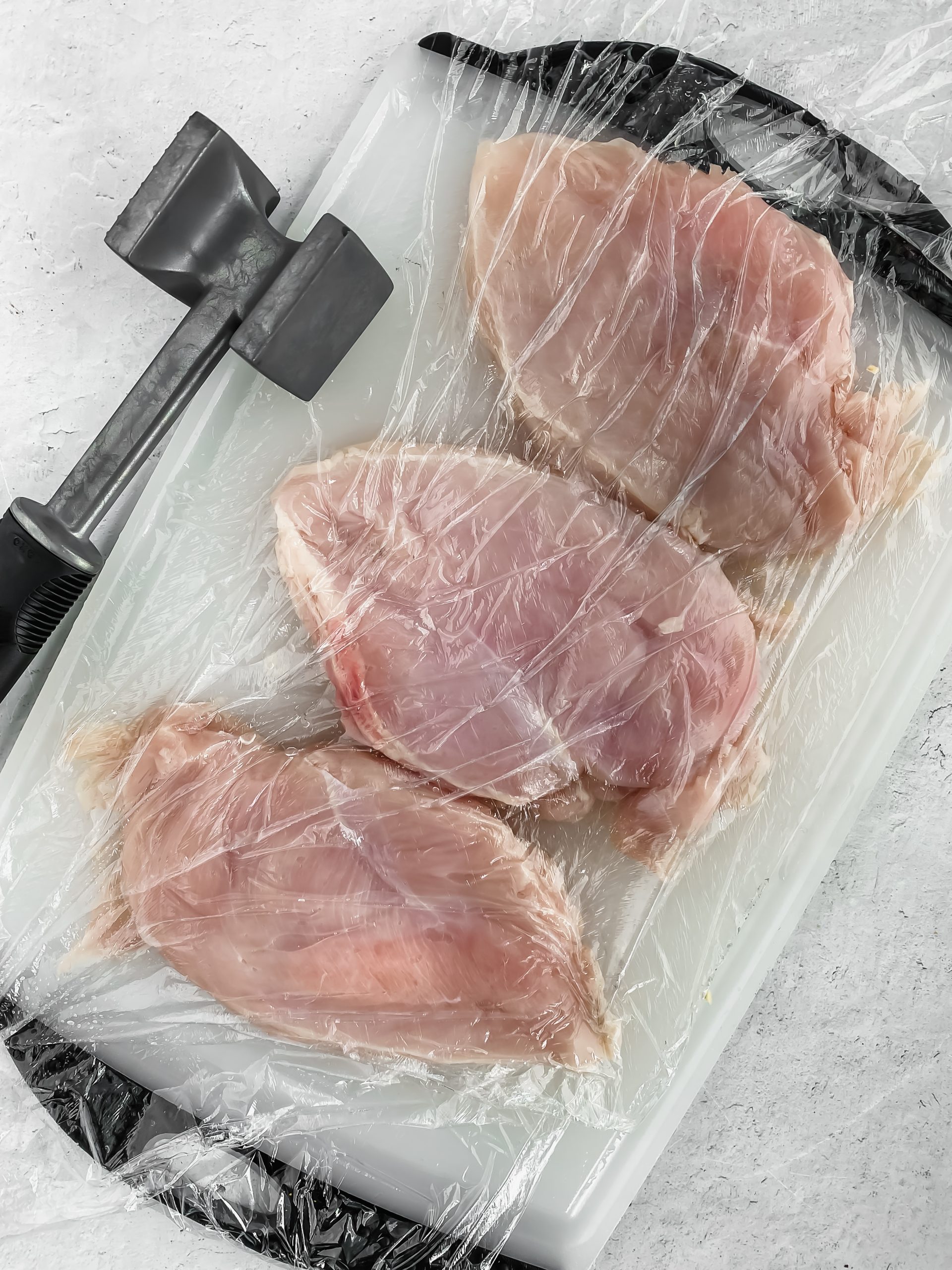
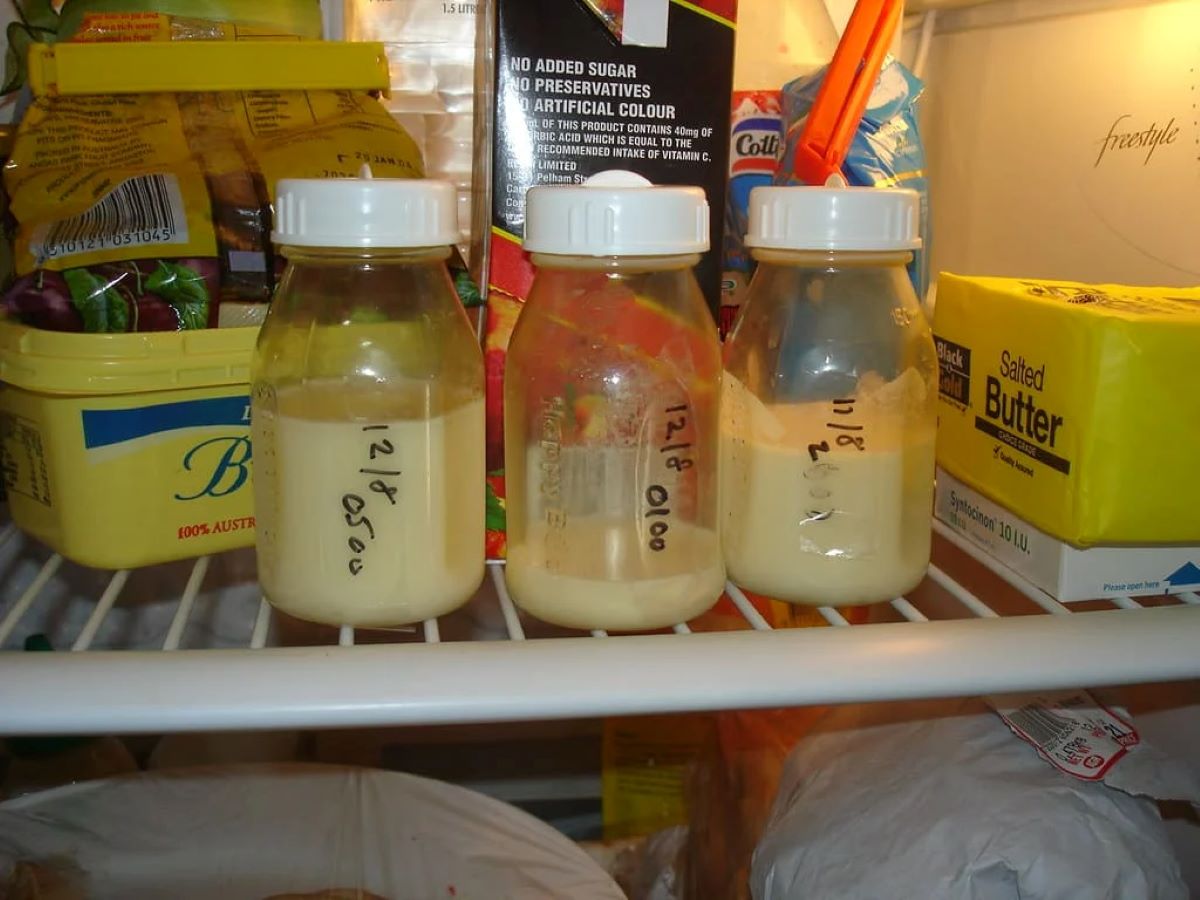
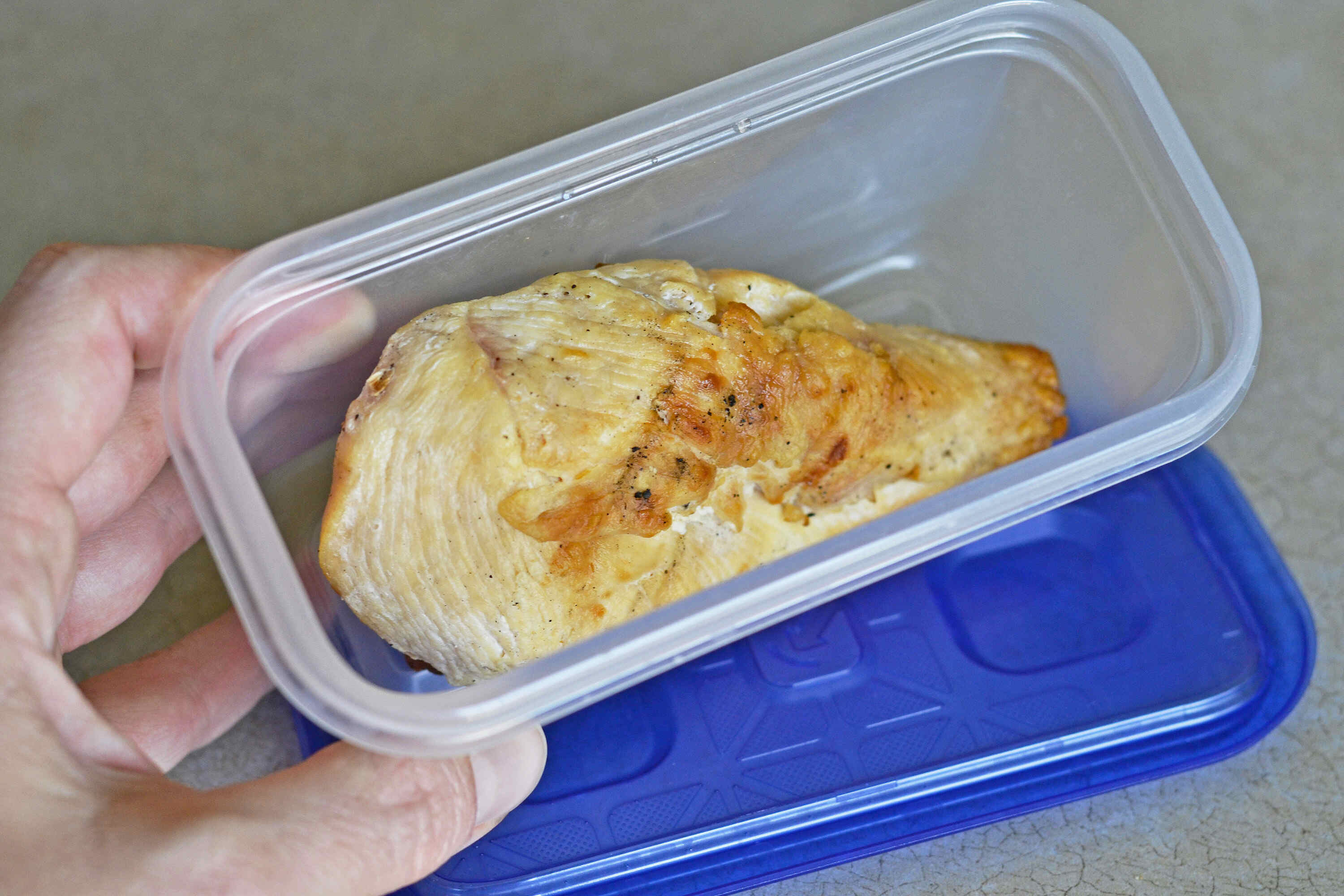
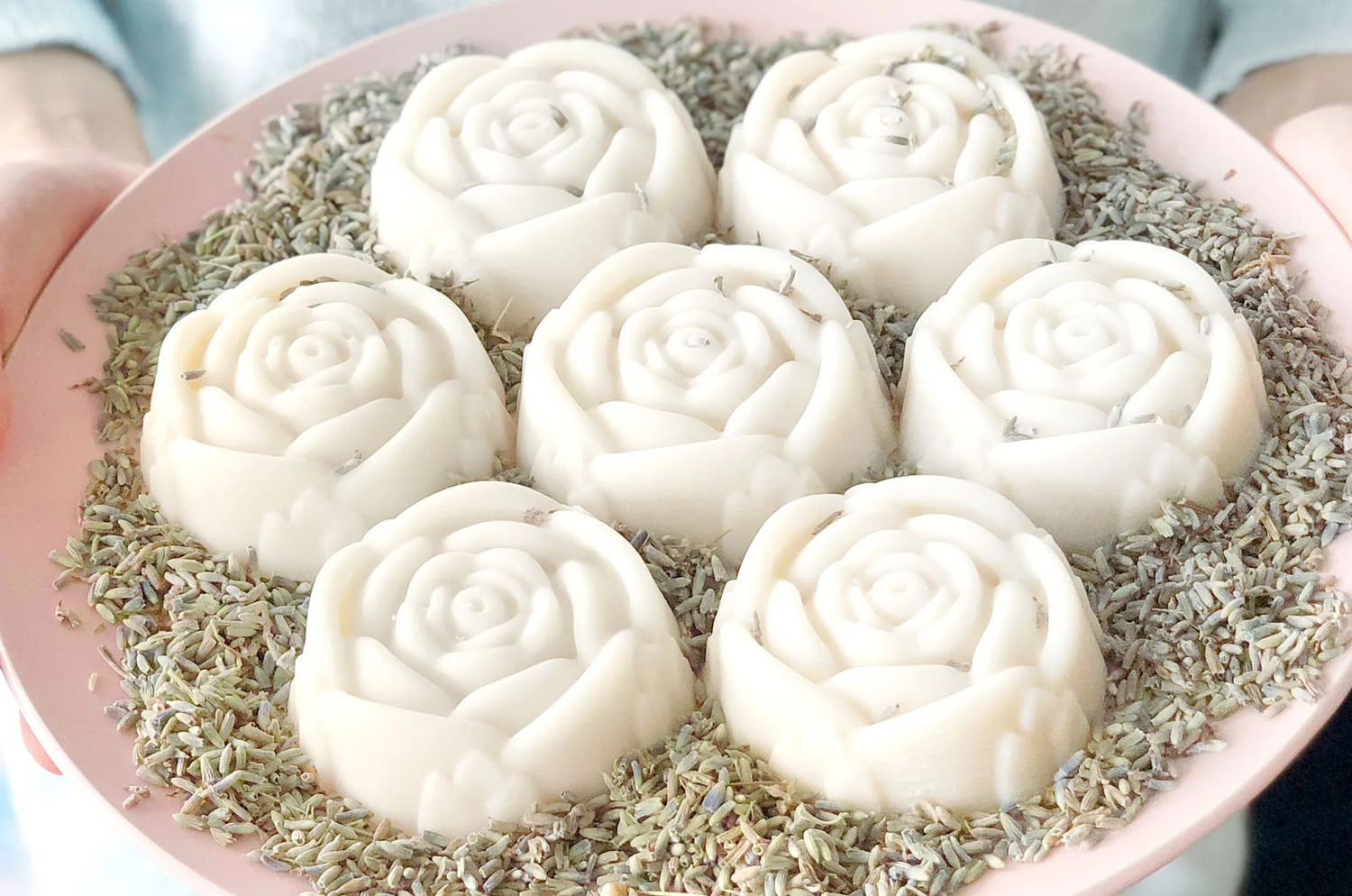
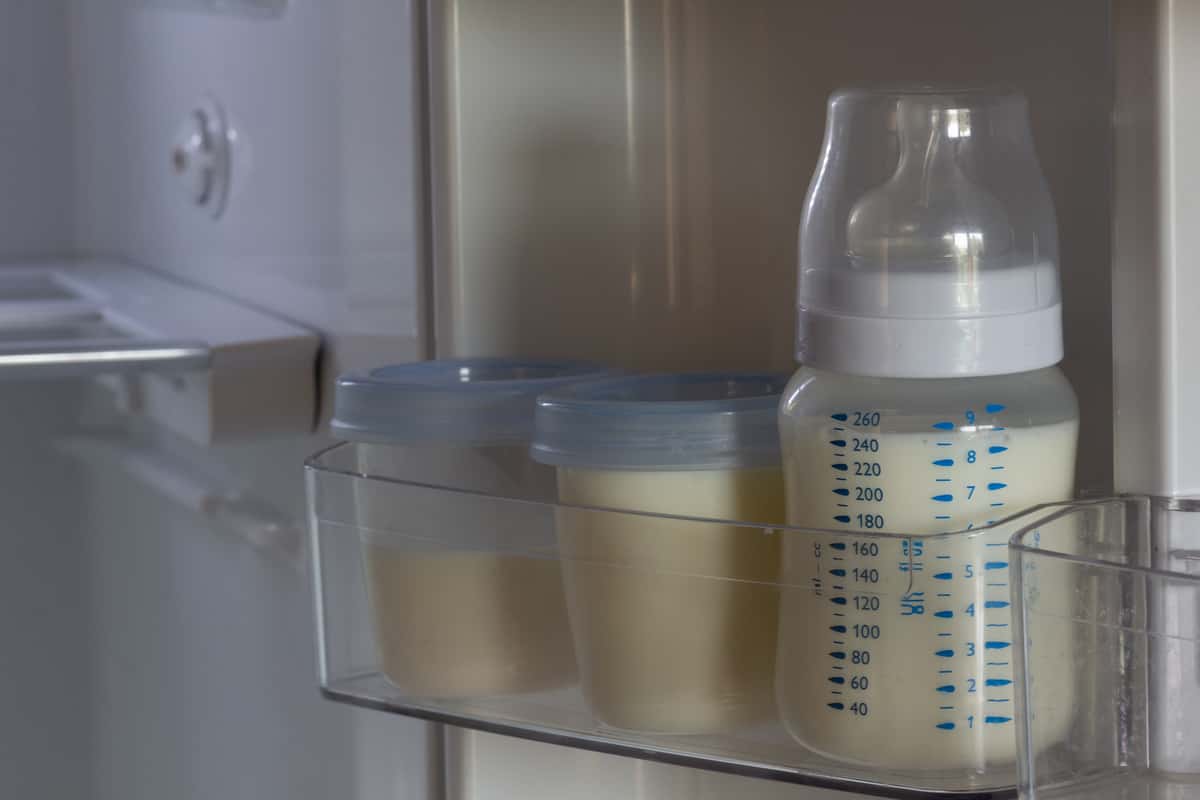
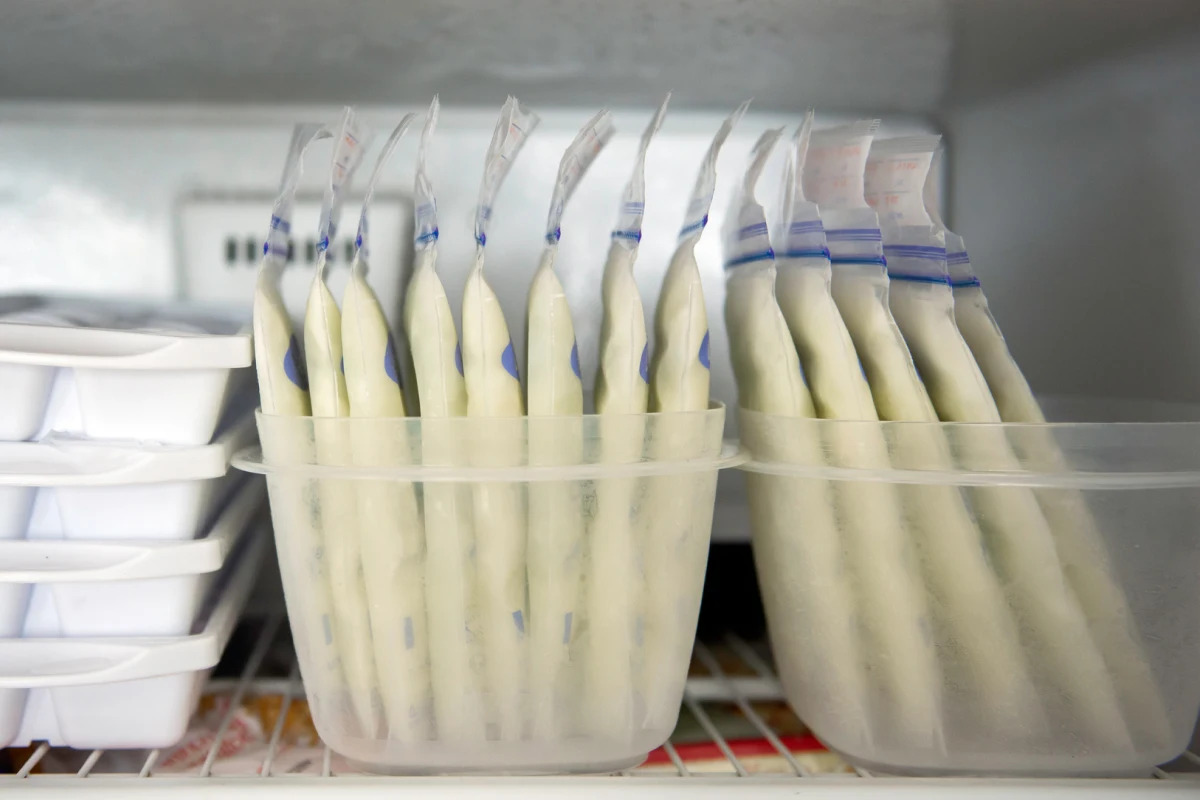
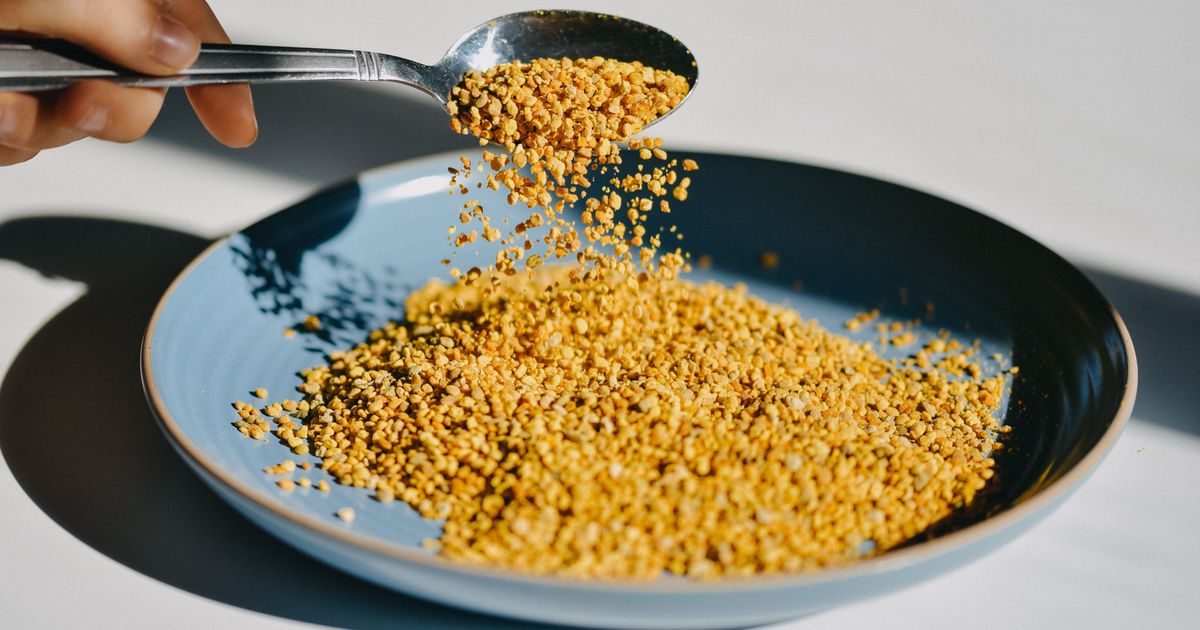
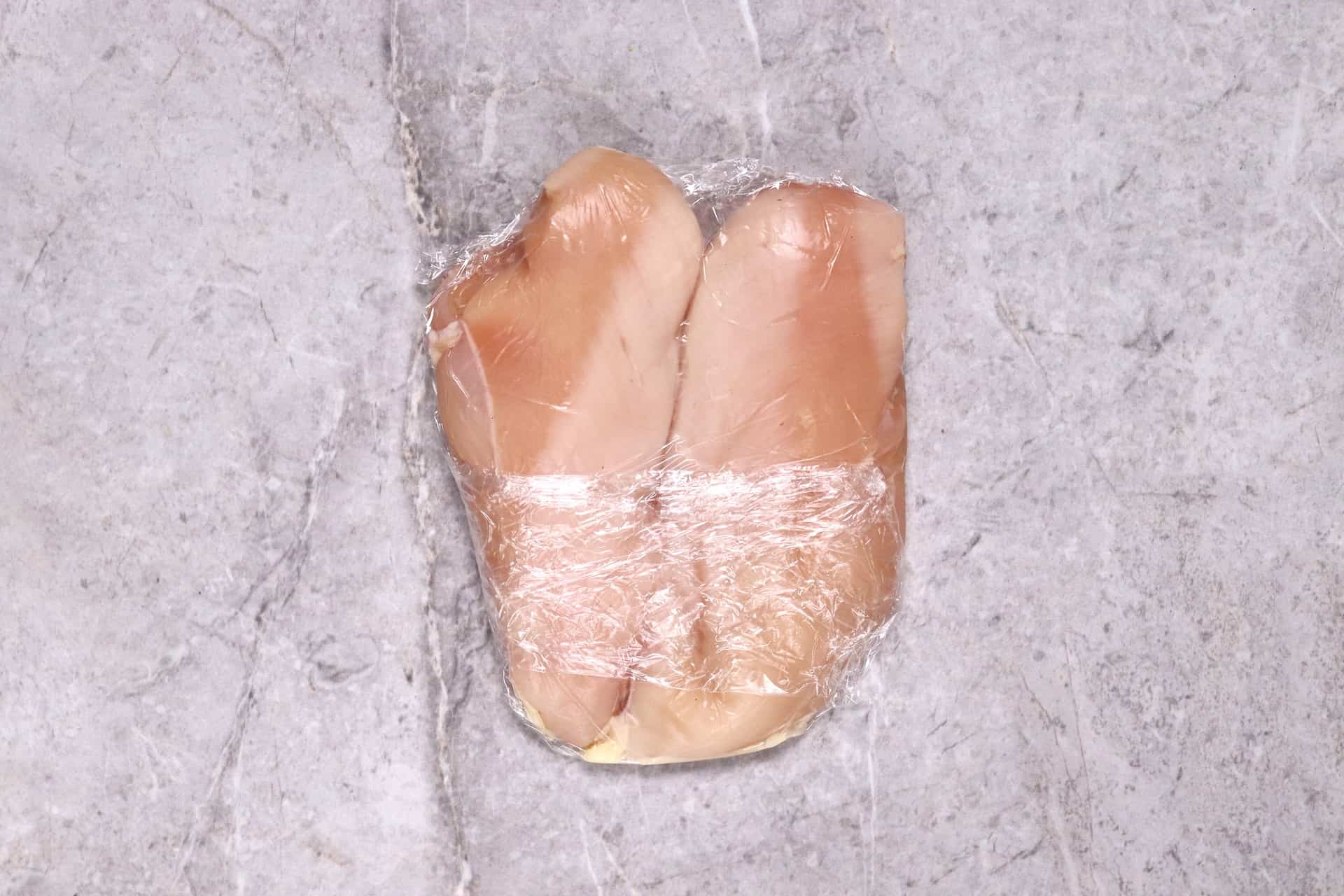
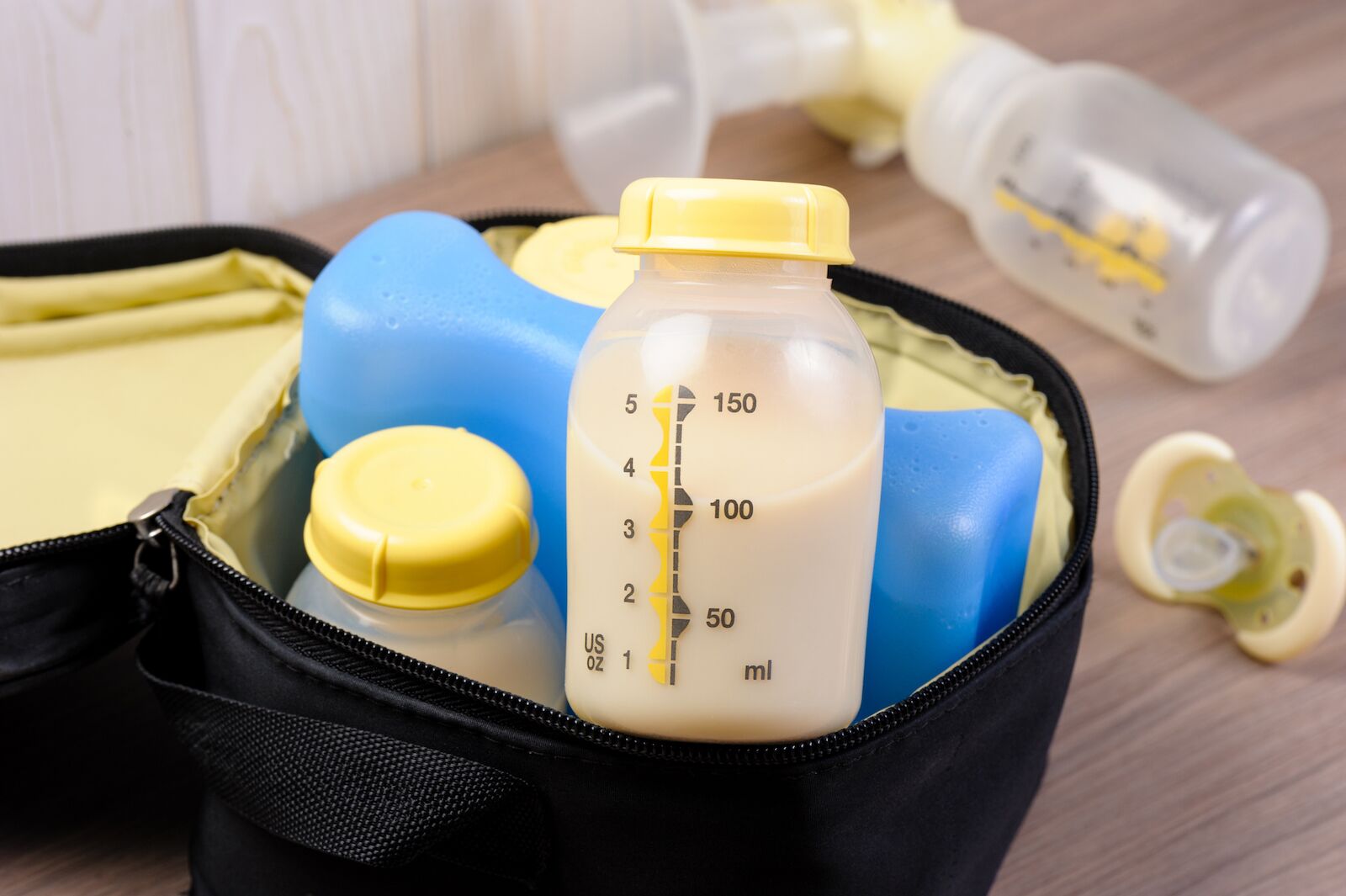
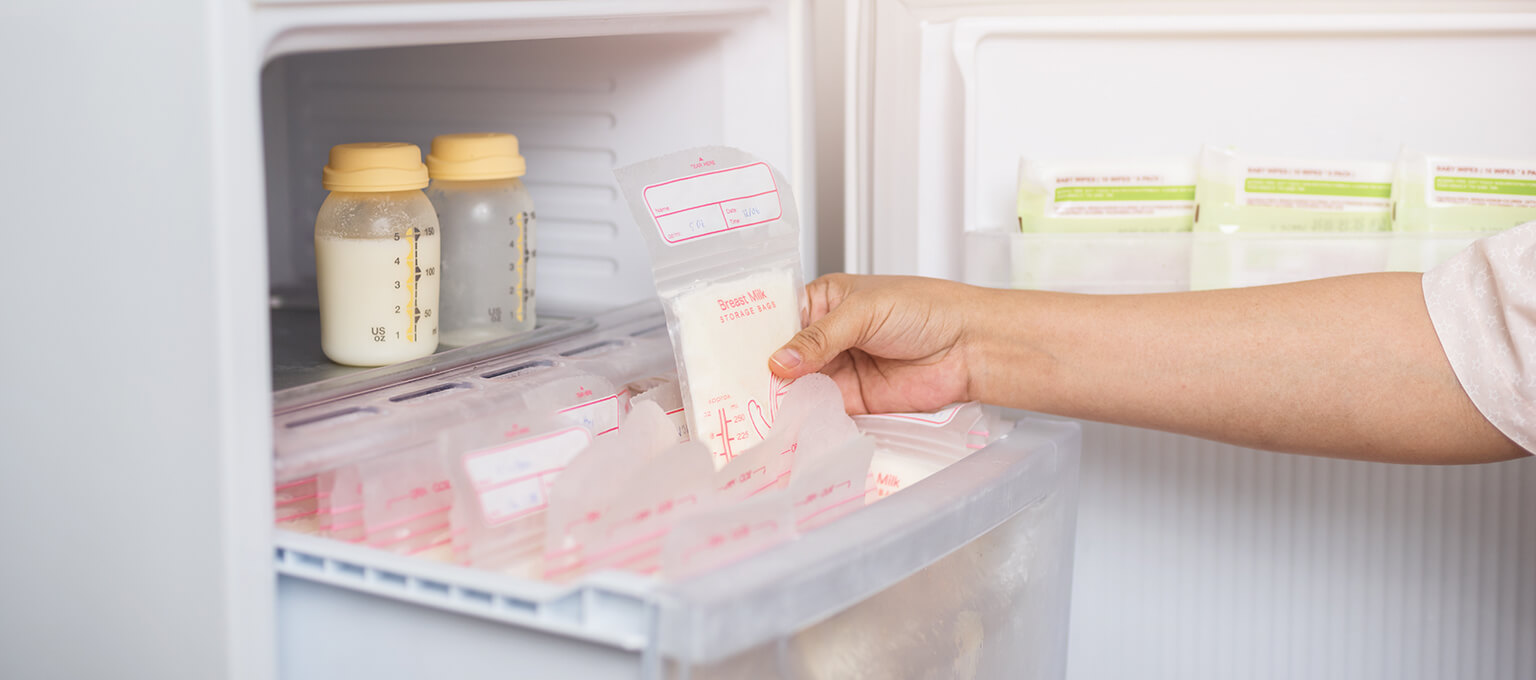

0 thoughts on “How To Store Breast Pump Parts Between Uses”